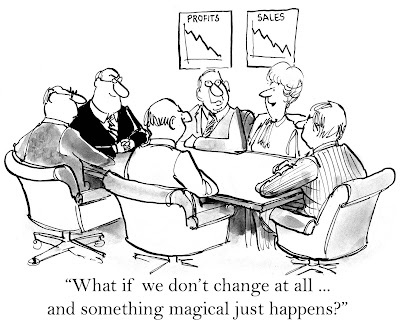How long has it been since you listened in on your customer service team’s conversations with customers? If your customer service strategy is all about reaching out to new customers and securing the loyalty of existing customers, you ought to be listening in on a regular basis. Unless your service team is properly trained, fully committed to world-class service, and held accountable, they could be getting a bit sloppy.
You can’t count on “magic” to correct missteps. It is your responsibility as a leader to monitor, give feedback and training where appropriate, and see that the team always upholds the highest performance standards.
Here are a few phrases you should never hear:
• “No way we can do that.”
Remember that a customer calling in for help may already be upset because of having to wait on the phone for service or having to deal with a product defect. To abruptly tell them that they’re out of luck will just send them through the roof. Focus instead on what you CAN do for the customer. Be creative in offering solutions or alternatives. Show them that you want to be their partner in solving their problem, not their adversary.
• “Wait while I put you on hold.”
What!!! Indeed, you may have to put a customer on hold while you check in with a colleague on possible fixes but never do it without their permissions and an explanation. Let the customer know why you’re pressing the hold button and how long to expect it will last. And then check in regularly with reports on your progress.
• “How are you doing today?”
This question from a stranger can sound incredibly insincere. Instead, it is better to ask, “How can I help you today?” That is your job…to be of help and service. And it allows the customer to get right to the heart of why they called.
• “What do you think I can do about it?”
Hey, the customer is calling with a problem they hope you can fix. This sassy retort just increases their frustration and anger. If it’s a technical glitch, you should be able to hook them up with an expert who can ask the questions that will lead to the repair that is needed. Or you should have a relevant checklist to review with them so you can send them in the right direction.
• “Sorry, I’m new on the job.”
Don’t confess your ignorance. The customer wants to believe you can help. If you don’t have the necessary knowledge or skill to work with them, say you have an expert who deals with similar problems every day. Then link the customer to your colleague (with an appropriate introduction) and check back to see that the customer was ultimately satisfied.
Learn more at: http://www.lsaglobal.com/customer-service-strategy/


No comments:
Post a Comment
Note: Only a member of this blog may post a comment.